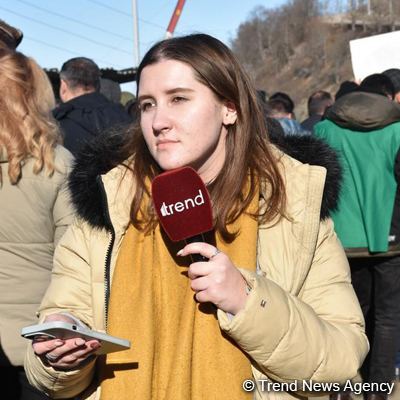BAKU, Azerbaijan, January 16. The lack of trained personnel in the offshore wind energy sector could delay installation in the coming years, the International Energy Agency (IEA) said, Trend reports via the latest publication from the IEA.
"Installing a wind turbine requires fewer workers per unit of capacity than solar PV, but more material inputs, notably cement and cabling, as well as specialized machinery to transport and position the turbine. In the case of offshore wind farms, specialized vessels are required, which increasingly need to be capable of handling taller and larger wind turbines," the Agency said.
At the same time, offshore wind energy projects require more trained workers and more labor per megawatt than land-based projects throughout their life cycle.
"For instance, installing an offshore wind farm takes six or more years. For large-scale solar PV farms, installers can spend 8-14 months on a project, while distributed rooftop PV systems can typically be installed in just a few days. Meanwhile, installing or replacing a boiler with a heat pump in a building also normally takes only a few days, though this is still longer than the time needed to simply replace a fossil fuel-fired boiler with another one," the report pointed out.
As the IEA noted, there are concerns that a shortage of such vessels could lead to delays in completing new projects.
"Outside of China, there are currently around ten vessels that can be used to build offshore wind farms, each with an ability to install roughly 0.5-0.7 GW of capacity per year. New vessels are under construction and others are planned, which should boost the fleet to at least 25 vessels by 2026," the report said.
The IEA expects that the new vessels will be designed to handle larger turbines, reaching roughly 1.3 GW per vessel per year by 2030, making the construction process more efficient.
"As a result, current plans point to installation capacity increasing fivefold by the end of the decade to well over 30 GW per year. But in the NZE Scenario, installations of offshore wind, excluding China, exceed 65 GW in 2030, requiring a total of over 50 vessels. To avoid bottlenecks, the current rate of wind turbine installation vessel construction would need to be maintained through to 2030.






